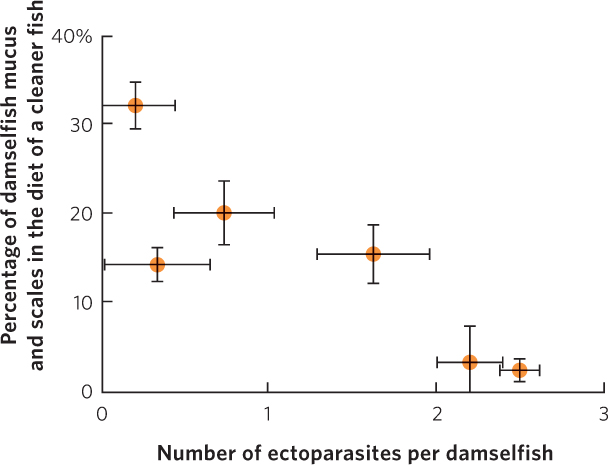
Figure 17.17 Switching from mutualism to predation. In populations of damselfish where ectoparasites are abundant, the cleaner fish primarily consume parasites of the damselfish and very little of the damselfish’s mucus and scales. This is a mutualistic interaction. In populations of damselfish where the ectoparasites are not abundant, the diet of the cleaner fish includes a substantial percentage of the mucus and scales from the damselfish. This becomes more of a predatory interaction. Error bars are standard errors.
Data from K. L. Cheney and I. M. Côté, Mutualism or parasitism? The variable outcome of cleaning symbioses, Biology Letters 1 (2005): 162–165.